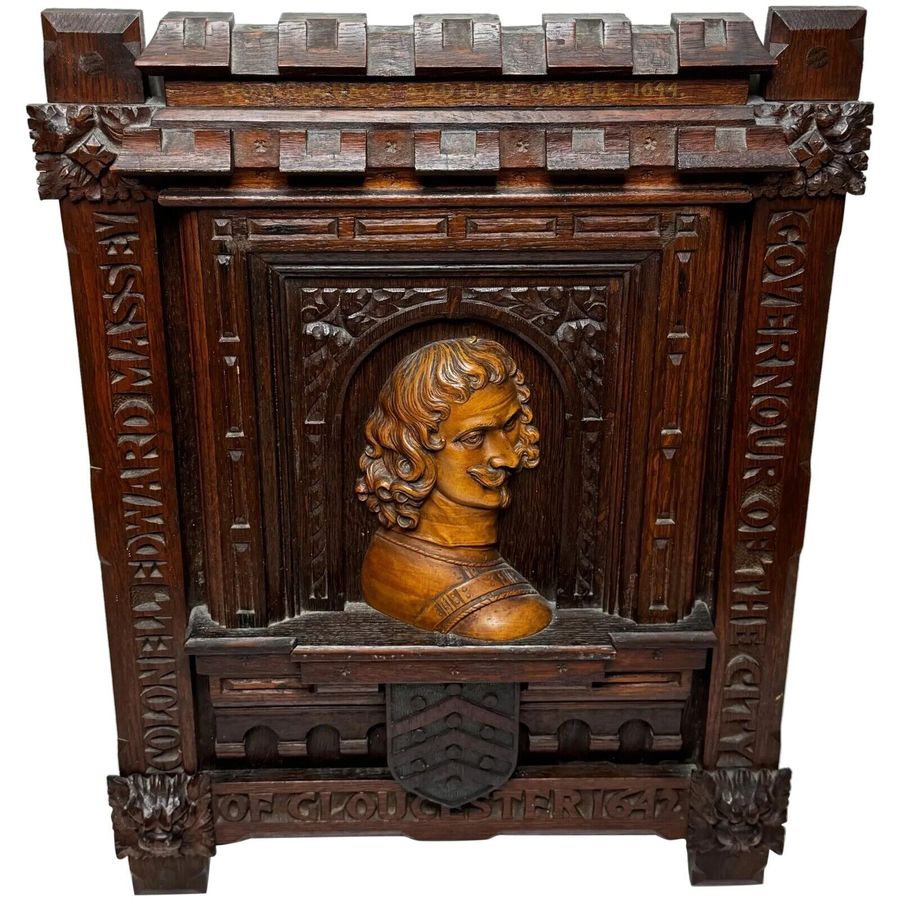featured item

quality pair of antique edwardian postal scales and weights Read more
edgar degas, danseuse regardant la plante de son pied droit

antiques available from other sellers in antique art > sculpture
-
![Colonial Quakers Interest Beautiful large and rare pair of wax figures 17th Century.]() POA
POAcolonial quakers interest beautiful large and rare pair o... Read more
koos limburg jnr -
![Great sculpture after J. PRADIER]() £380.00
£380.00great sculpture after j. pradier Read more
Arts de Vies, Chize, France -
![Lime Wood Sculpture Black Forest Museum Quality Humidor / Tobacco Centre Piece Carved with 22 Gnomes]() £17500.00
£17500.00lime wood sculpture black forest museum quality humidor /... Read more
koos limburg jnr -
![Carved Wall Sculpture Sir Edward Massey Governor City Of Gloucester]() POA
POAcarved wall sculpture sir edward massey governor city of ... Read more
Cheshire Antiques Consultant LTD
- View other items in:
- antique art
- sculpture
Still not found something similar? Why not save a search and get a notification in your inbox when an matching antique is added to our ever-growing database?
Enter your email address to be sent alerts when new items are added to the site that match your search criteria

Edgar Degas
1834 - 1917
DANSEUSE REGARDANT LA PLANTE DE SON PIED DROIT
stamped Degas 14/20, stamped with the foundry mark A. A. Hébrard
Height: 49.1/46.6 cm.
Material: Bronze
Wilhem Sulser, 'Notizen zur Plastiksammlung Werner Bär' in Kunst und Volk, vol. 4, 17th year, 1955, illustrated p. 82
John Rewald, Degas, Sculpture, London, 1957, no. LXI, illustration of another cast
Sammlung Werner und Nelly Bär, Zurich, 1965, no. 66, illustrated
Daniel Catton Rich, Edgar-Hilaire-Germain Degas, New York, 1966, illustration of another cast p. 11
Franco Russoli & Fiorella Minervino, L'Opera completa di Degas, Milan, 1970, no. S34, illustration of the wax p. 142
Ian Dunlop, Degas, London, 1979, no. 196, illustration of another cast p. 211
John Rewald, Degas's Complete Sculpture, Catalogue raisonné, San Francisco, 1990, no. LXI, illustration of the wax p. 160; illustration of another cast p. 161
Anne Pingeot, Degas Sculptures, Paris, 1991, no. 33, illustrations of another cast and the present cast listed p. 169
Sara Campbell, 'Degas: The Sculpture. A Catalogue Raisonné', in Apollo, August 1995, no. 56, fig. 57, illustration of another cast and the present cast listed p. 40
Joseph S. Czestochowski & Anne Pingeot (eds.), Degas Sculptures, Catalogue Raisonné of the Bronzes, Memphis, 2002, no. 59, another cast illustrated pp. 236 & 237; the present cast listed p. 237
Werner Hofmann, Degas, A Dialogue of Difference, London, 2007, no. 208, illustration of another cast p. 262
Sara Campbell, Richard Kendall, Daphne Barbour & Shelley Sturman, Degas in the Norton Simon Museum, Pasadena, 2009, vol. II, no. 59, cat. 77, another cast illustrated pp. 395-398; the present cast listed p. 546
Suzanne Glover Lindsay, Daphne S. Barbour & Shelley G. Sturman, Edgar Degas Sculpture, Princeton, 2010, the wax illustrated p. 370
Degas, in fact, only publicly exhibited one sculpture during his lifetime: Petite danseuse de quatorze ans (1878–81), which was shown at the Impressionist Exhibition in Paris in 1881. His statuettes can truly be seen as three-dimensional displays of his exploration of the human form, complementing his two-dimensional studies on paper. The tactile surface quality of the present work reflects Degas’ experimentation, and Jill DeVonyar and Richard Kendall wrote that he ‘energized surfaces with knives, spatulas, finger-marks, and accidental effects’ (J. De Vonyar & R. Kendall, Degas and the Dance (exhibition catalogue), The Detroit Institute of Arts, Detroit & The Philadelphia Museum of Art, Philadelphia, 2002-03, pp. 245-246). As an insight into his creative mind and a representation of both movement and the ballet, two defining features of the artist’s œuvre, the present work is a remarkable example of Degas’ sculptures.
Antiques.co.uk Ref: 3PRUH978
- Materials:
- Bronze
- Height (cm):
- 49,1/46,6
Here on antiques co uk we love antiques and specialise in selling antiques. Even though this item was for sale and is now sold or otherwise now unavailable we have many more items for sale including vintage antiques, silver, tables, watches, jewellery and much more for your interiors and home.
Search all the antiques currently for sale on www.antiques co uk. Or why not consider selling your antiques and making sales more easily with us!
d.a. antiques & fine art
D.A. Antiques & Fine Art has 20 antiques for sale.
click here to see them all









